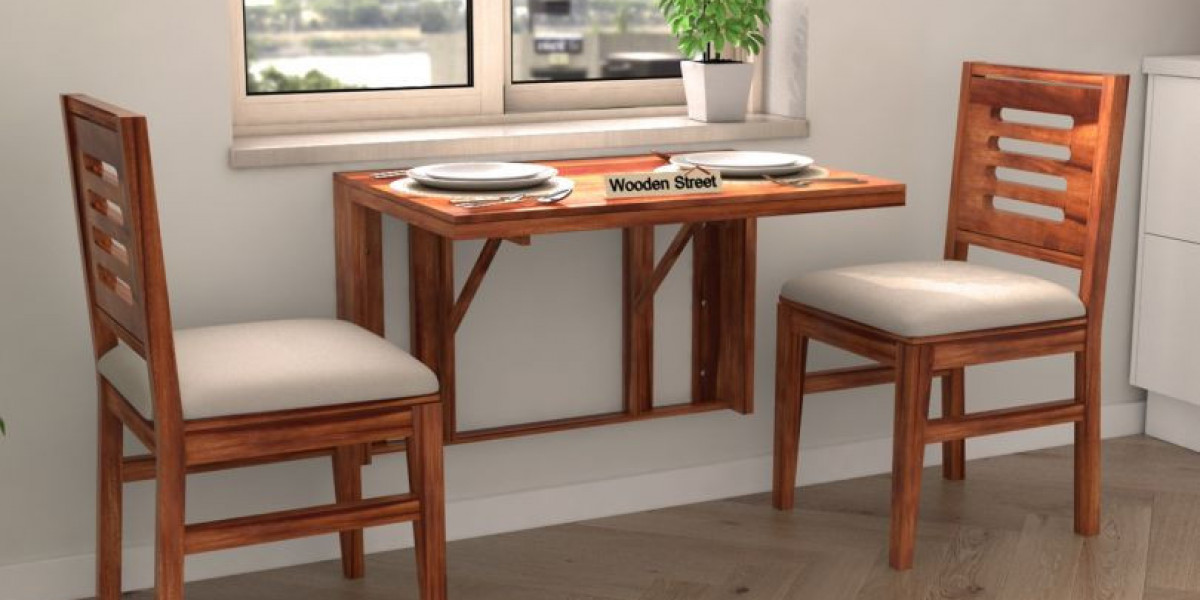Its shape plays a crucial role in defining the overall visual harmony, spatial arrangement, and even the mood of the room. By understanding how different shapes influence aesthetics, homeowners can make informed choices that balance beauty and practicality.
The Role of Shape in Interior Balance
The shape of a dining table directly impacts the visual flow of the room. A well-chosen shape can enhance symmetry, make a space feel more inviting, or even create a striking focal point. When the table’s outline harmonizes with the proportions of the room, it promotes a sense of balance that makes the space feel thoughtfully designed. Choosing the wrong shape, on the other hand, can make a room feel cramped, awkward, or underutilized.
Round Dining Tables and Soft Spatial Flow
Round dining tables are often associated with intimacy and equal interaction. Their absence of sharp edges creates a softer visual effect, making them a great choice for smaller spaces or areas where movement around the table is frequent. The circular form naturally encourages conversation by placing everyone at an equal distance from one another. A round dining table also eliminates corners, which can make a compact room feel more spacious and inviting.
From an aesthetic perspective, round shapes work well in rooms that need a visual counterbalance to angular architecture. For example, a square dining area with a round table introduces contrast that softens the lines of the space. This subtle difference can elevate the overall ambience and create a more relaxed atmosphere.
Rectangular Dining Tables for Structured Elegance
Rectangular dining tables are perhaps the most common shape, valued for their practicality and timeless appeal. Their linear form complements long or narrow rooms, aligning neatly with the architectural proportions. This shape provides a sense of order and symmetry, which can be particularly pleasing in more formal dining settings.
From a visual standpoint, a rectangular table can help guide the eye along the length of the room, making it appear more elongated. In larger dining rooms, this effect reinforces a grand and spacious look. The sharp, defined edges also create a structured aesthetic, making them ideal for interiors that embrace modern or traditional formality.
Square Dining Tables and Contemporary Cohesion
Square dining tables bring a sense of modern simplicity to a space. Their balanced proportions make them ideal for square rooms, where they can mirror the room’s geometry for a cohesive appearance. This symmetry often creates a stable and grounded feeling in the dining area.
However, square dining tables can be challenging in very small spaces, as they require enough clearance on all sides for comfortable seating. When space allows, they provide an intimate setting similar to a round table, but with a more contemporary edge. In open-plan layouts, a square table can act as a visual anchor that subtly divides the dining area from other functional zones.
Oval Dining Tables for Transitional Harmony
Oval dining tables combine the best elements of rectangular and round shapes. They offer the length and seating capacity of a rectangular table while maintaining the softer edges of a circular one. This makes them a versatile choice for both formal and casual settings.
Aesthetically, an oval table brings a sense of movement into a room. The curved edges soften the rigid lines of surrounding furniture and architecture, while the elongated form draws attention across the space. This balance of structure and softness works particularly well in transitional interiors that blend traditional and modern styles.
Impact on Room Perception and Movement
Beyond aesthetics, the shape of a dining table influences how people move through the space. Round and oval tables generally make circulation easier, especially in smaller rooms where walking space is limited. Rectangular and square tables, while more structured, can create a visual corridor effect that works well in larger spaces.
The choice of shape also affects how a room feels in terms of openness. Rounded shapes can make a space appear more fluid and inviting, while angular shapes can lend a sense of formality and precision. The trick lies in matching the table’s shape to both the physical dimensions and the mood you wish to create.
Integrating Dining Table Shapes with Design Elements
When selecting a dining table, its shape should harmonize not only with the room’s dimensions but also with other design elements such as lighting, rugs, and wall features. For instance, a rectangular table pairs naturally with a linear pendant light or a long rectangular rug. Similarly, a round table can be beautifully complemented by a circular chandelier or a patterned round rug that mirrors its shape.
The visual relationship between the table and its surroundings enhances the sense of cohesion in the space. By carefully considering this interplay, you can ensure that the dining table becomes an integral part of the room’s overall aesthetic rather than just a standalone piece.
Choosing the Right Shape for Your Space
Ultimately, the perfect dining table shape depends on the balance between function, proportion, and style. A small apartment dining area might benefit from the compact charm of a round or square table, while a spacious formal dining room could showcase the grandeur of a long rectangular or oval table.
The decision should be guided by how the space is used on a daily basis, the number of people it needs to accommodate, and the type of atmosphere you want to create. By aligning these practical needs with the desired visual impact, you can choose a shape that enhances both the functionality and beauty of your dining area.
Conclusion
The shape of a dining table is more than an aesthetic choice—it shapes the flow, feel, and function of the entire dining area. Whether you opt for the intimacy of a round table, the structure of a rectangle, the symmetry of a square, or the versatility of an oval, each shape carries its own visual and practical benefits. By understanding how these shapes influence room aesthetics, you can select a dining table that not only fits your space but also elevates the overall design.








